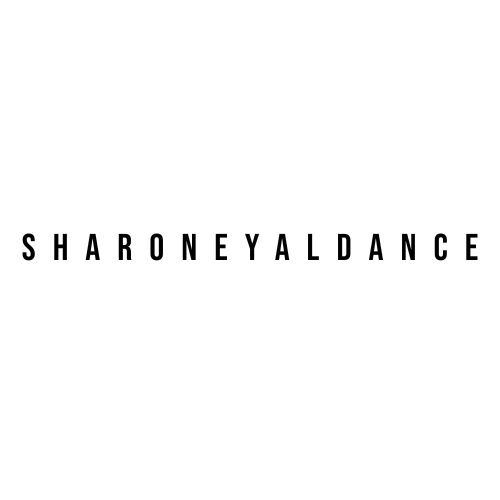OCD LOVE 2015
"One of the satisfactions vouchsafed a veteran reviewer lies in following a career that started as a promise and, after a long and winding road of searching, achieves efflorescence. That thought came to me as I watched a wonderful dance work created by Sharon Eyal and Gai Behar. From the outset they have been attentive to themselves, and as that attentiveness becomes more intense, their rich experience gives rise to greater compositional precision. In short, they have reached a stage of maturity at which they are able to peel away layers of externality and arrive at the appropriate artistic solutions.
The title of this is “OCD Love,” referring to obsessive-compulsive disorder, characterized by invasive, nagging thoughts and by the repetitive performance of ritual actions aimed at expelling irrational thoughts. Those disturbing and painful thoughtsd, which lie in the realm of the fantastical, have engendered a dance gem.
The work opens with a marvelous solo danced by Rebecca Hytting. Executing slow, extended movements, she seems to be aiming to discover the hidden elements that might provide the key to unlocking her disjointed inner world. Her limbs seem to disconnect from her torso and yield to an interior compulsion that enables her to travel to the far reaches of fantasy. These magical moments are supported by a high technical ability to overcome inherent hurdles, generating the balance required for slow physical movements that respond to a bodily hunger that transcends thought. And then, abruptly, she is on her toes, taut, motionless, attaining an instant of grace of harmonious coalescence.
Throughout the work, the movement language is nourished by Ohad Naharin’s Gaga, but it is colored with the world of images of Eyal and Behar, reflecting Eyal’s tempestuous personality, which turns to rituals in search of tranquility. Overall, the body here is shaped by inner transformations, cohering into dense internal power greater than any tsunami. And suddenly there is an etude, or a leg raised high, and – with these familiar movements standing out in “OCD Love” precisely for their anomalousness – one grasps just the full originality of Eyal’s language.
In one particularly entrancing moment, the female dancers run lithely across the stage, as though they are flitting through the air and covering vast distances. It’s a matter of touch, dynamics, image; astonishing how far the simple act of running can rise above the everyday. In another scene the dancers group and extend their hands, as though they emerging from an after-sleep stretch, creating the image of a multi-tentacled jellyfish.
Quality of movement is all. Throughout the work the head receives special treatment. In some cases the dancers thrust the head down as though it were an iron rod and, like a huge hammer, striking and pounding what’s below; or, in contrast the head takes on the airy character of a balloon and surrenders itself to the pleasure of passive movement and every passing gust.
Each of the six dancers is at the high level of a soloist. (Five of them are originally from Naharin’s Batsheva Dance Company.) Particularly impressive is Leo Lerus, who exudes a marvelous stage presence. His body is a storehouse of compressed energy that occasionally bursts out and generates amazement with its power, before reverting to gentle, dreamlike movements – with the palms of his hands.
Ori Lichtik’s music is a key collaborator in the work. Throughout, the composer beats a drum, evoking the disturbing inner disquiet, and on this base constructs extended musical phrases that embark on fantasy voyages with the dance. There are no stage decorations. The costumes are simple and effective: a black top and black stockings. An inner world as rich as this one, fused with a language able to support it, does not need the support of other media means.
There is talk in the local scene about how to expand the limits of dance. One way to accomplish that is by turning outward, to other arts. Another is by diving into the depths, like explorative research, in the choreography itself, into the very DNA of the creator’s dance language."
Ruth Eshel "Haaretz" Dec. 5, 2015
